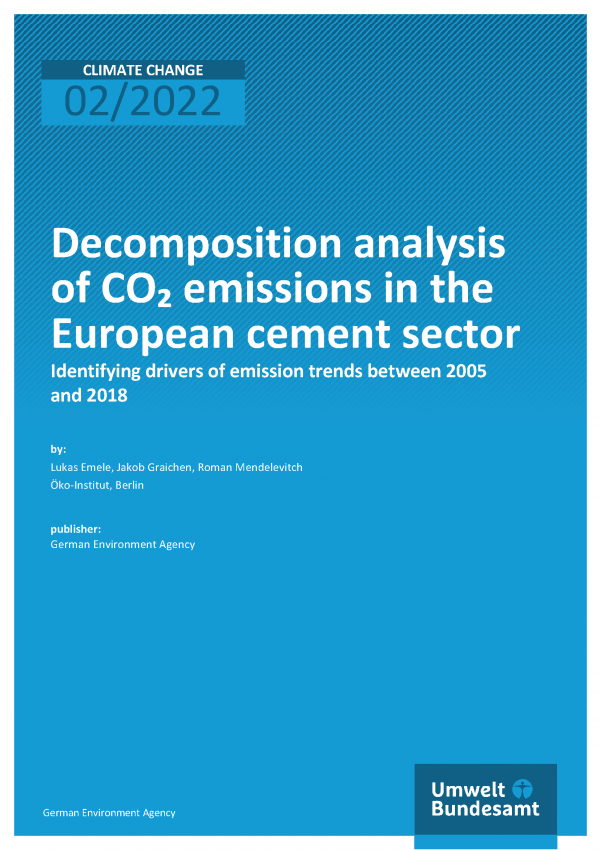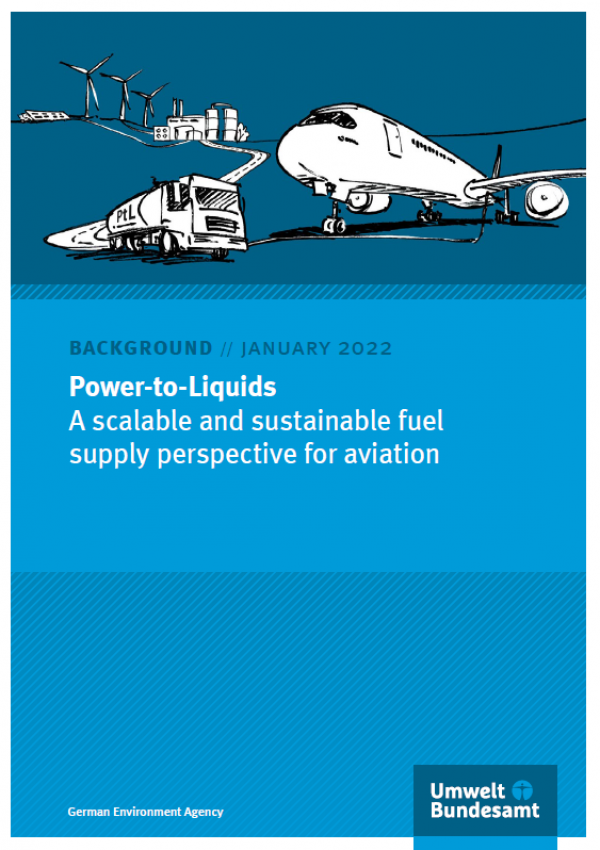Chemicals, Sustainability | Strategies | International matters
Thematic Conferences Advanced Materials
Assessments of needs to act on chemical safety
The final report describes the execution and outcomes of a series of three thematic conferences which aimed to pave the way for an international exchange on challenges of advanced materials for chemical safety and sustainability. These conferences discussed the heterogeneity of the field, possibilities to cluster the world of advanced materials but also proposals to identify those advanced materia...read more









